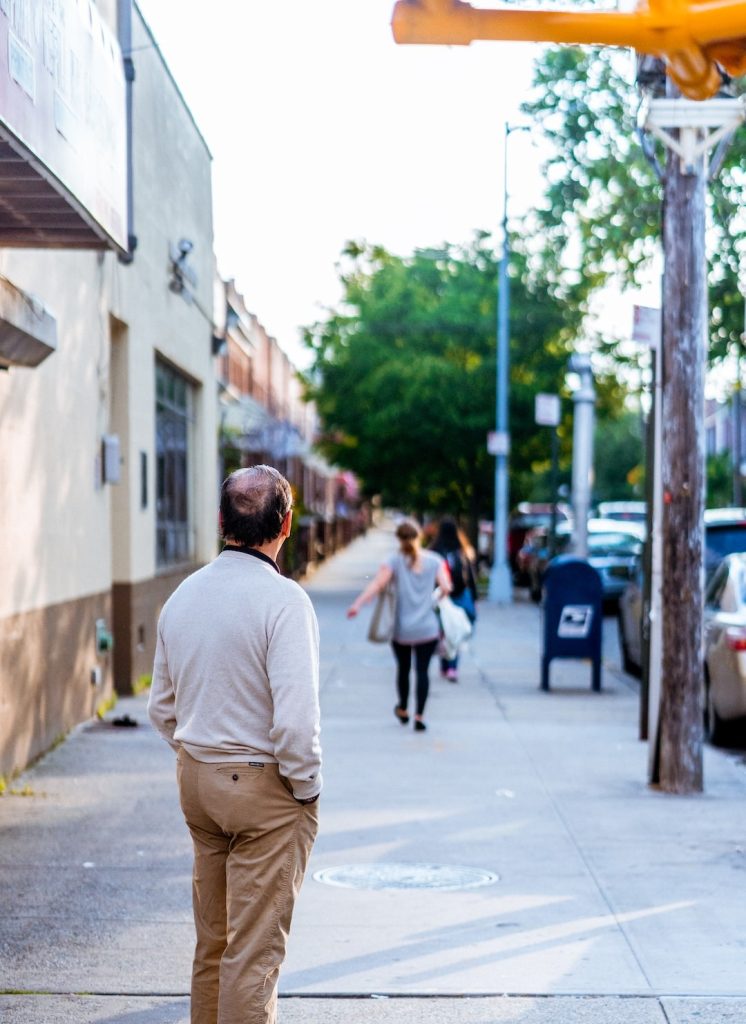Hippocrates, considered by many the forefather of medicine, once said, “Make a habit of two things: to help; or at least to do no harm.” The issue for those with a loved one struggling with addiction is the line between helping and harm can become blurred. When that happens, it can have disastrous effects on an individual’s ability to obtain treatment and ultimately attain recovery.
It can be crucial for families, employers, and friends to understand when helping has crossed over into the realm of doing harm. Once this fact is recognized, it is also critical to create a plan to mitigate it from happening in the future. One of the best ways of doing this is by creating a set list of boundaries and then sticking to them.
Here at Clere Consulting, we understand that many people feel that stopping their assistance with a loved one who is struggling with addiction will ultimately hurt them. The reality is that the opposite is true. Sometimes when we think we are helping, we are either delaying the inevitable need to get treatment or enabling behavior that can lead to much more dire consequences.
Helping vs. Enabling
When dealing with a loved one who is struggling with substance use disorder (SUD), it may be helpful to reverse your definitions of “help” and “harm.” For example, by helping someone struggling with addiction financially, we may be harming them by helping them monetarily access their substance of choice. When we think we are harming someone by not allowing them to stay in our homes while in active addiction, we are helping them understand the consequences of their behaviors.
What is the difference between “helping” and enabling? Ultimately the difference lies in whether your actions could lead to them continuing their addictive behaviors. For example, if you are paying for a struggling loved one’s mortgage, then that individual will have more time and means to continue their toxic lifestyle. While you think you are helping them stay off the street, you are enabling their dangerous behaviors more.
It is critical to understand that SUD is a deadly disease. In many 12-Step programs, there is a saying, “Active addiction can only lead to three places: jails, institutions, and death.” It is for this reason that helping to feed a loved one’s addiction must be stopped as soon as possible.
Understand the Harm of Certain ‘Helping’
For those that have not experienced active addiction, it can be challenging to comprehend why someone does not change their behavior after it begins negatively affecting their lives. This is because, for those actively engaged in substance misuse or abuse, their addiction is telling them that there is only one real consequence: not getting their addiction fed.
When we do something that helps them meet their primary goal, we only inflict harm (whether they care to see it or not). These are the primary types of help that can hinder someone from getting the treatment they need:
- Financial help, such as giving them money to pay for food or bills
- Housing help, such as giving them a place to stay without rules or consequence
- Legal help, such as getting them out of legal trouble caused by their addictive behaviors
- Relationship help, such as mending relationships between partners and children that have been negatively affected by their SUD
- Occupational help, such as an employer failing to reprimand or terminate an employee after their addiction has caused harm in the workplace
Setting Crucial Boundaries
Almost as important as recognizing helping behavior as harmful is doing something positive about it. One of the primary ways of doing this is by setting appropriate boundaries. Ultimately these boundaries correlate directly to the “harmful help” that was initially being employed. Here are some boundaries that can be set concerning previous behaviors:
- Financial boundaries, such as stopping all cash flow that may be used to aid in their addiction
- Housing boundaries, such as not allowing a struggling loved one in your home if they are still actively engaging in substance use
- Legal boundaries, such as allowing legal ramifications to run their course and create real-life consequences
- Relationship boundaries, such as not allowing a struggling loved one to be in contact with their child if they choose to continue their toxic behaviors
- Occupational boundaries, such as appropriate suspensions or terminations based on impaired behaviors
Avoiding Harmful Helping in the Future
Almost as important as recognizing and readjusting enabling behaviors is sticking to them. Just as relapse is an unfortunate possibility of recovery, relapsing back into “harmful helping” can happen as well.
Here at Clere Consulting, we understand that we all want what is best for our loved ones. That is why it can be so difficult to make these kinds of tough decisions. Just remember, the tough decisions we make today can pay dividends in our struggling loved ones’ future. Remember, making a habit of “helping by doing no harm” may be the best help we can give to help those we love recover.
When a loved one is struggling with substance use disorder, it can be difficult for the family to understand when “helping” morphs into something more dangerous like “enabling.” Often when the family feels that they are ensuring a loved one’s safety, they are actually contributing to their dangerous and toxic behaviors. That is why it can be crucial to set family boundaries with a loved one that is struggling and stick to them. Here at Clere Consulting, we understand the importance of this aspect, and we have the tools, resources, and specialists to help make these boundaries a reality. If recovery is your goal, we can help. For more information, call Clere Consulting today at (866) 384-8847.



